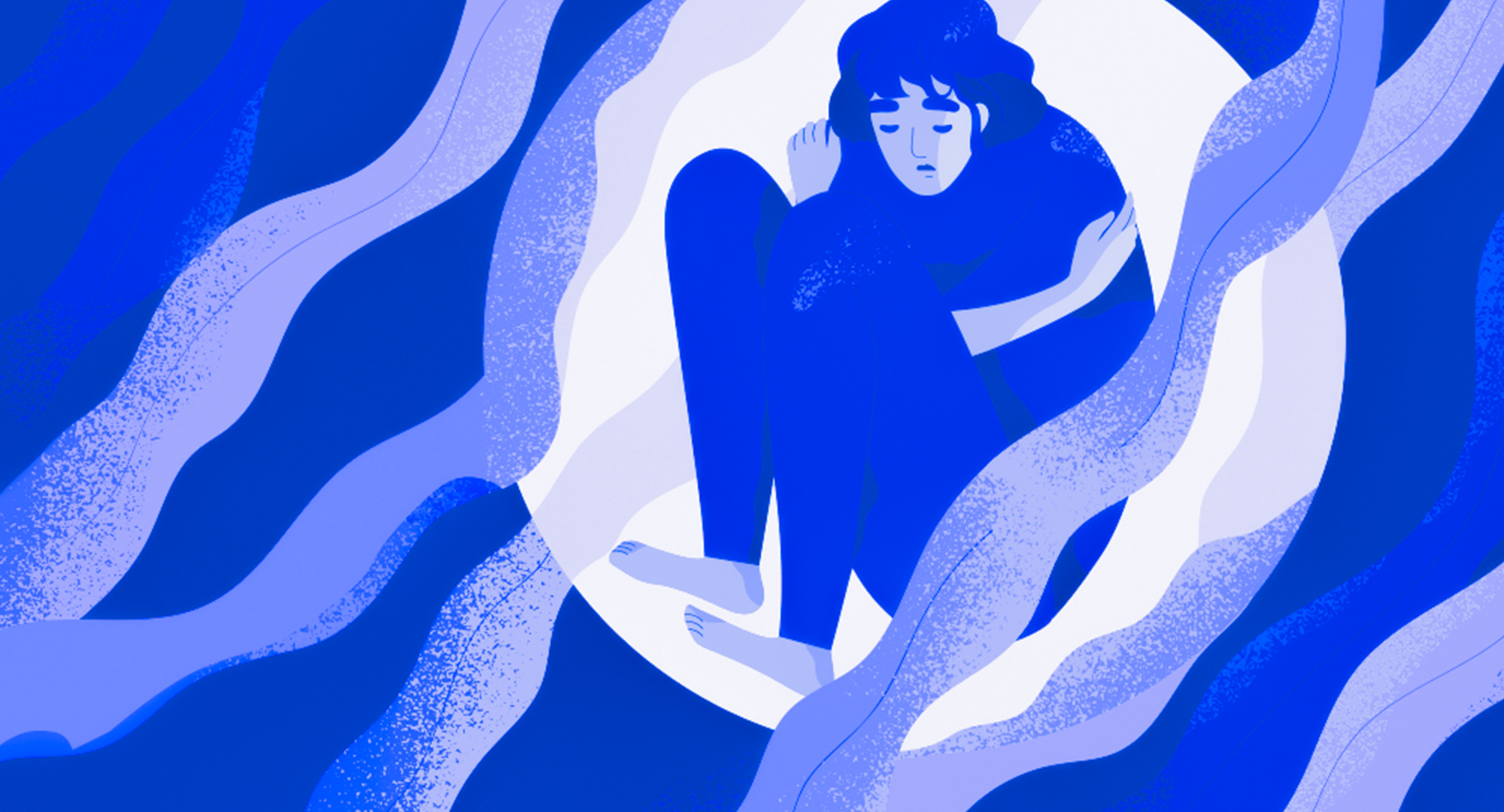Q&A
Reducing Anxiety in Children with Autism

Anxiety can be felt more intensely in children on the autism spectrum. Clinical psychologists and autism experts Tony Attwood and Michelle Grattan discuss the best calming strategies and therapies.
Q
Is anxiety a symptom of autism?
A
Michelle Garnett:
Q
Is anxiety different in children on the autism spectrum?
A
Michelle Garnett:
Q
Are there resources available for parents to assist with school refusal in children with autism?
A
Michelle Garnett:
Q
Is food aversion in ASD always about sensory sensitivities or can it be about anxiety too? As a parent how do you approach these differently?
A
Tony Attwood:
Q
If a child is stimming to help relieve their anxiety is it necessary to prevent this behavior?
A
Tony Attwood:
Q
Do you have advice for helping my child attend medical appointments? She mostly refuses to even go but if I do get her there, she finds the waiting and therapy rooms too overwhelming..
A
Tony Attwood:
Q
Can you talk about rejection sensitive dysphoria in young people with autism?
A
Tony Attwood:
Q
What do you think of the attitude "of course she's anxious, she is autistic"? Why are people with autism expected to live with anxiety? Is it because it is harder to treat than in neurotypicals?
A
Tony Attwood:
Q
Does ABA work for anxiety on the autism spectrum or is CBT a better option?
A
Tony Attwood:
Q
If the anxiety is generated by bullying how can this be addressed for children with autism?
A
Michelle Garnett:
Q
I'd like to know if there is an instrument that can be used for assessing Anxiety in children with Autism. I am a PhD research scholar & my domain of research is Early Intervention & Diagnosis
A
Tony Attwood:
Q
Could you clarify the differences between emotional and cognitive empathy with respect to autism? Thank you for your response.
A
Michelle Garnett:
You may also like